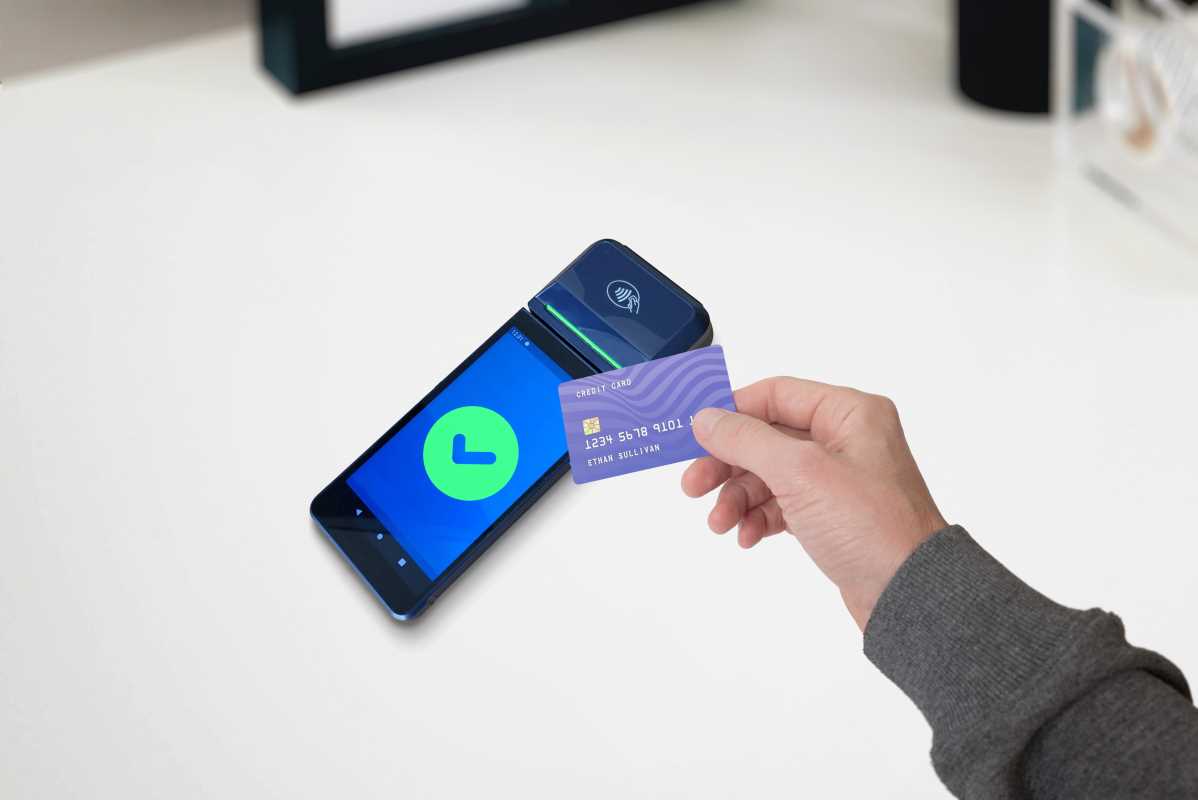Your law practice operates much like a dedicated workshop where important client discussions and confidential documents shape each day. A single email breach or malware infection can quickly turn this secure space upside down, making trusted routines feel exposed and vulnerable. Building strong digital protection goes far beyond following standard tips; it means creating safeguards that match the unique patterns and needs of your firm. By focusing on security measures tailored to your daily operations, you help ensure that sensitive information remains protected and your team can maintain trust with every client you serve.
This conversation centers on recognizing how workflows, communication habits, and file-sharing routines create unique entry points for bad actors. You’ve built trust in client meetings; extend that same confidence to your digital exchanges. Let’s explore pragmatic ways to embed security into your everyday routines without turning your team into keyboard-obsessed gatekeepers.
Rethink Your Digital Defense
Law firms often assume that paying for an antivirus subscription suffices. But an overlooked email folder full of client drafts or a shared drive used by two partners can suddenly become the weak link hackers target. Instead of layering on more software, start by mapping out who accesses which files when and how they move information. By uncovering real patterns—like frequent remote logins or clients sending documents via unsecured channels—you identify high-value targets before intruders do.
View each workflow as a possible vulnerability rather than a routine process. When someone opens a document, ask: could an unauthorized actor slip in at that moment? If a team member downloads a case file on their home network, consider whether a rogue access point might have intercepted it. You’ll see that the same operations you trust can turn against you without intentional sabotage.
Hands-On Security Measures
Multi-Factor Authentication (MFA)
- Purpose/Benefit: Strengthens login defenses by requiring a second credential after your password.
- Steps:
- Choose an authenticator app or SMS-based service.
- Enforce it for all user accounts via your admin console.
- Conduct a quick team walkthrough to confirm setup and address hiccups.
- Cost/Availability: Most platforms include MFA at no extra fee; premium versions may add hardware-token support.
- Insider Tip: Encourage staff to register both an app and phone number so they aren’t locked out if they lose one method.
Secure File Sharing via Encrypted Containers
- Purpose/Benefit: Keeps documents protected in transit and at rest.
- Steps:
- Install an open-source container tool.
- Create an encrypted volume with a strong passphrase.
- Store case files inside that volume, mounting it only when needed.
- Cost/Availability: Many reputable container tools are free; enterprise editions add centralized management for a subscription.
- Insider Tip: Label each container by matter number to avoid mounting the wrong volume and exposing unrelated files.
Regular Credential Audits
- Purpose/Benefit: Detects weak passwords and expired access privileges.
- Steps:
- Export current user records from your identity provider.
- Run a password-check utility to highlight vulnerabilities.
- Revoke or reset any logins unused for 90 days.
- Cost/Availability: Free scripts exist online; commercial tools provide dashboards for a monthly fee.
- Insider Tip: Automate audit reminders by scheduling a quarterly calendar event that triggers your tool via simple scripting.
Endpoint Protection via Behavioral Monitoring
- Purpose/Benefit: Watches for unusual activity instead of relying solely on virus signatures.
- Steps:
- Deploy an endpoint agent on desktops and laptops.
- Define baseline behaviors for document access and network connections.
- Configure alerts for anomalies like mass file transfers or unexpected encryption.
- Cost/Availability: Cloud services often start under $10 per seat monthly; on-premise appliances cost more but allow customization.
- Insider Tip: Tweak sensitivity thresholds during the first weeks to reduce alert fatigue and fine-tune detection.
Phishing Simulation Training
- Purpose/Benefit: Conditions staff to recognize threats without scaring them.
- Steps:
- Select a simulation platform with customizable email templates.
- Send mock phishing emails that mimic real-world scenarios.
- Review click-rate metrics and host a debrief with practical tips.
- Cost/Availability: Free tiers exist for small teams; advanced analytics require paid plans.
- Insider Tip: Run surprise follow-up tests a few weeks later to reinforce lessons and reward correct responses with positive feedback.
Keep Your Team Alert to Security
Technology alone cannot prevent a password written on a post-it from being exploited. Regular check-ins keep safety habits fresh. Hold quick standup meetings where team members share any odd system prompts or unusual file requests they’ve noticed. A five-minute exchange each week helps everyone catch emerging threats early.
Set up a shared folder for “unusual tech occurrences,” so if someone’s mouse starts acting like a remote-control toy, they can drop a note. That log serves as an early warning system—you’ll notice patterns before a breach happens.
Prepare Your Firm’s Digital Future
Expect your technology environment to change over time. Watch how new collaboration tools alter your communication with clients. Revisit your encryption settings when you add a cloud archive. By including security checkpoints in planning sessions for new software or hardware, you turn a rushed addition into a well-integrated safety layer.
Conduct a quick “security sprint” before major updates—map out permissions, confirm backup routines, and review third-party integrations for their privacy practices. That initial effort can prevent a day of chaos if something misconfigures during deployment.
Make these practices a routine part of your operations to ensure digital defenses remain central to your firm’s culture.
 (Image via
(Image via





